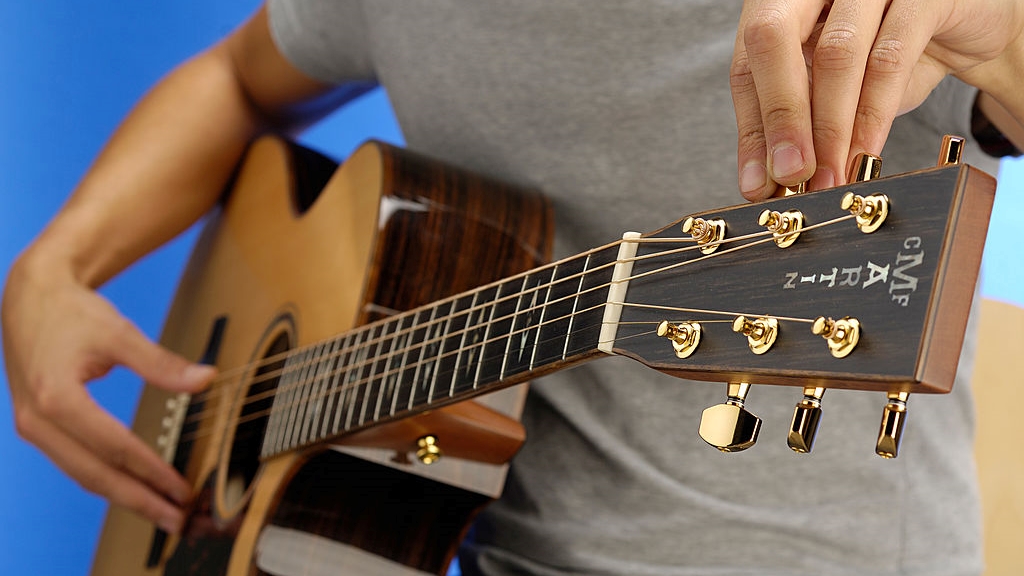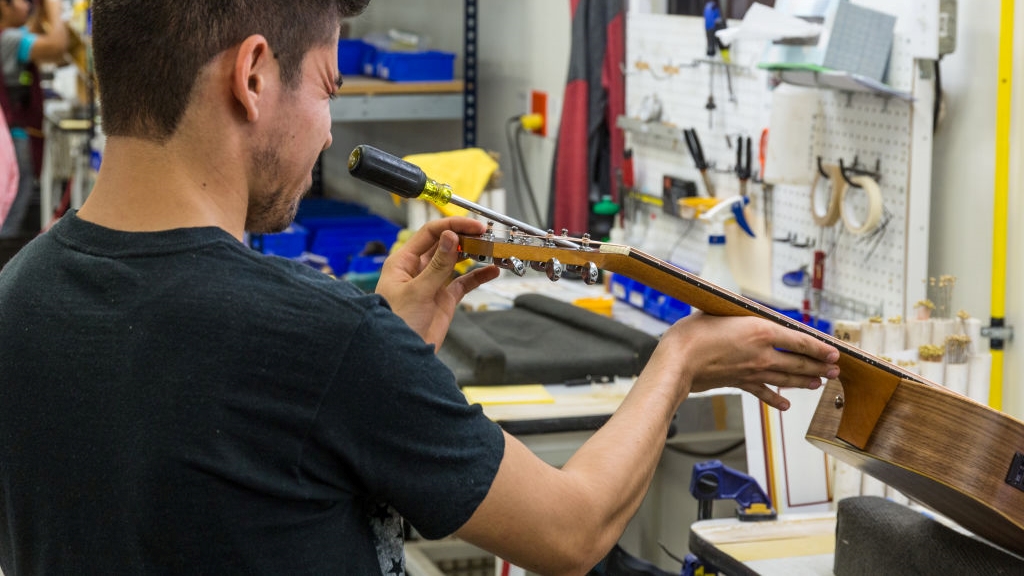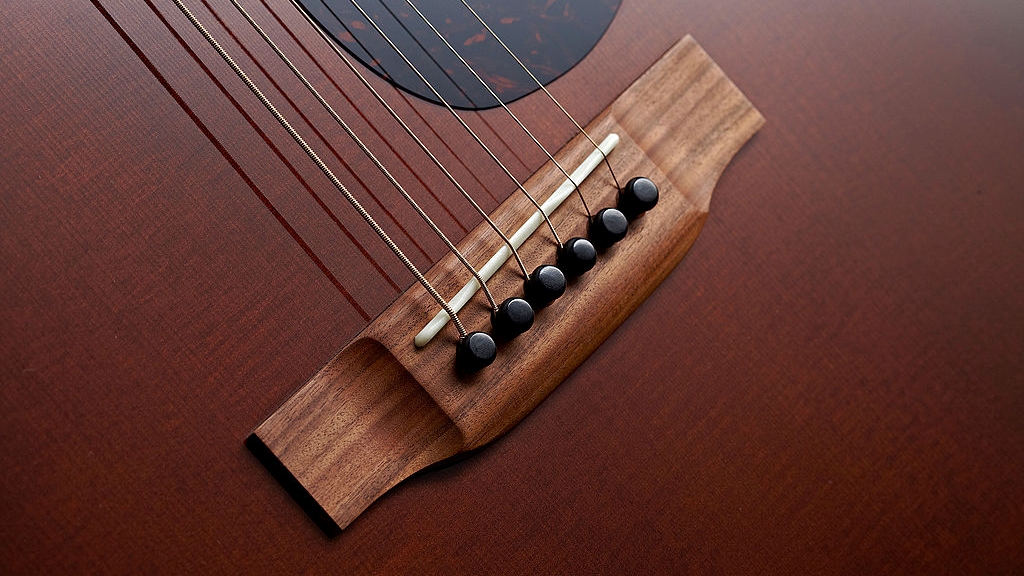Relax, Unwind and Drop Into a Deep, Heavy Tuning
These useful pointers will come in handy when you need to slack off.

It's fun to explore low tunings on an acoustic guitar.
Here are a few tips to make the descent more enjoyable...
String Gauges
You can drop light-gauge acoustic strings (.012-.054) down a whole-step – say, for DADGAD, open-G, or open-D tunings – but beyond that, they don't have sufficient tension to properly drive the guitar or stay in tune.
Medium-gauge strings (.013-.056) yield better tone and response for slack tunings.
If you drop a fourth (B, E, A, D, F#, B) or fifth (A, D, G, C, E, A) into the baritone realm, you might prefer the tone and feel of heavy-gauge strings (.014-.058).
Normally, moving to a heavier gauge calls for tightening the truss rod. However, slack, stout strings won't necessarily create more tension than taut, light ones.
You'll have to restring your guitar, choose your tuning, and observe the results.
All the latest guitar news, interviews, lessons, reviews, deals and more, direct to your inbox!
Thick, slack strings tend to rattle against the frets, so a little neck relief (bow) is a good thing. If there's too much bow, however, tighten the truss rod a bit.
Go easy, retuning and checking the relief over the period of a few days.

Intonation & Scale Length
Standard acoustics – whose scale length typically runs between 24.75" and 25.4" – are designed to play in tune at or near concert pitch.
Low-tuned strings often won't fret in tune all along the fretboard. The fifth and sixth strings, which sound increasingly sharp as you ascend, are the worst offenders.
You can improve intonation problems by moving a low-tuned string's saddle back (away from the nut), effectively increasing a string's vibrating length.
Most flat-top saddles aren't individually adjustable, so you'll need to shape a new one. Fitting and intonating a saddle is tricky, but replacement saddles are inexpensive.
You can always return to factory specs if you keep your original saddle unmodified and perform your surgery on new saddle blanks.

The goal is to move the string's break point to the rear edge of the saddle.
You accomplish this by filing away as much material as possible on the fretboard side of the saddle. You'll want to maintain an even height on all strings while filing a gentle curve that follows the fretboard radius.
The three bass strings should ride a tad higher than trebles.
Take the time to restring frequently and check your progress.
When you're satisfied with the action, and have created a narrow, even ridge along the rear of the saddle, polish the top with emery cloth to remove any rough edges.
The surface where the string contacts the saddle should be smooth.
